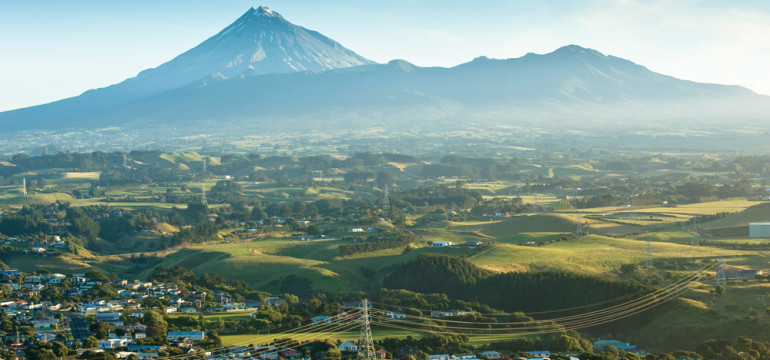Almost 85,000 people seek natural hazard information as Portal use hits record levels
Nearly 85,000 people have visited the Natural Hazards Portal in the last year, reflecting growing public interest in understanding and preparing for natural hazard risks.

“Given we live in one of the riskiest countries in the world for natural hazards, we are pleased to see the increasing appetite for natural hazard risk information from New Zealanders,” says Natural Hazards Commission Toka Tū Ake (NHC) Head of Risk Reduction, Sarah-Jayne McCurrach.
“We launched the Natural Hazards Portal two years ago to give people free access to natural hazard information and settled natural hazards claims.”
The Portal features an interactive map that lets people explore settled EQCover and NHCover claims by property or region, including information such as claim type so they can understand what natural hazards their property may be exposed to.
“Of people who visited the Portal, 16% downloaded key natural hazard information in relation to the area or property they live, or want to live. And, more than half took steps to improve their resilience to natural hazards by doing things like reviewing their natural hazards insurance and securing heavy furniture,” explains Sarah-Jayne.
Recent independent research by NielsenIQ confirms that Kiwis are increasingly factoring natural hazards into property decisions. 91% of homebuyers now consider natural hazard risk when purchasing a home, and 70% of homeowners say they’ve taken action to protect their home, land, or contents from damage.
“We’re seeing a real shift in awareness. More people are seeking out natural hazard information and using it to make informed decisions about their homes and safety,” says Sarah-Jayne. “The Portal is helping turn awareness into action—and ultimately resilience.”
“Excitingly, we are actively developing the next phase of the Portal to make the platform easier to use and expand the range and depth of available data.”
“One major enhancement will be the integration of local and regional natural hazard maps alongside settled claims data, offering users an even clearer picture of natural hazard in their area,” she says.
The next phase will be piloted in partnership with the Bay of Plenty region, before being rolled out across the country. In the near future the Portal will also provide access to modelled scenarios and provide users the ability to assess their individual, property level risk.